Good news on Snowy Plover habitat Copy
By Mike Lynes
This week the U.S. Fish & Wildlife Service designated 24,527 acres along the Pacific Coast as critical habitat for endangered Western Snowy Plovers — an important step towards ensuring the species’ recovery and ultimate survival.
The FWS action ends several years of legal conflict over how much land would be designated as critical habitat for the plovers, and doubles the acreage initially proposed in 2005.
While the FWS didn’t include any habitat along the San Francisco coastline, its action will benefit the Snowy Plovers that over-winter at Ocean Beach and Crissy Field by protecting their breeding grounds along the Pacific Coast.
The Snowy Plover — a six-inch shorebird weighing up to two ounces — was first listed under the federal Endangered Species Act in 1993. Its major nesting sites had dropped from more than 50 to fewer than 30. Today, approximately 2,500 plovers remain breeding along the Pacific Coast.
This week’s action by the FWS is aimed at protecting sufficient habitat to improve the plovers’ reproductive success and ultimately remove them from the threatened and endangered species list. The new rule designates 47 sites in California, nine in Oregon and four in Washington. It doesn’t affect land ownership or create any refuges, but alerts federal agencies to take the plovers into consideration when planning or funding activities involving its designated habitat areas.
The benefits of this ruling go beyond Western Snowy Plovers. Habitat set aside for plovers also benefits other shorebirds such as Godwits, Long-billed Curlews, and Western and Least Sandpipers.
The new critical habitat designation is actually a revision of prior efforts. The Western Snowy Plover was first granted 19,474 acres of critical habitat in 1999. In 2005 the Bush administration illegally reduced the critical habitat to 12,145 acres, eliminating protection for thousands of acres scientists believed necessary for the snowy plover’s survival and abandoning key habitat areas crucial for recovery.
In 2008 the Center for Biological Diversity sued over the unlawful reduction of the plover’s habitat protections, leading to a settlement agreement with the Service and this week’s revised designation. Those of us who love Snowy Plovers and want to see their population survive owe a debt of thanks to the Center for pressing this issue.
There will certainly be critics of this habitat designation: It has the capacity to affect other recreational users along some stretches of the Pacific coastline. But we hope that these areas can, where appropriate, be managed for multiple uses in a way that accommodates reasonable use of the beaches while protecting the Snowy Plover.…

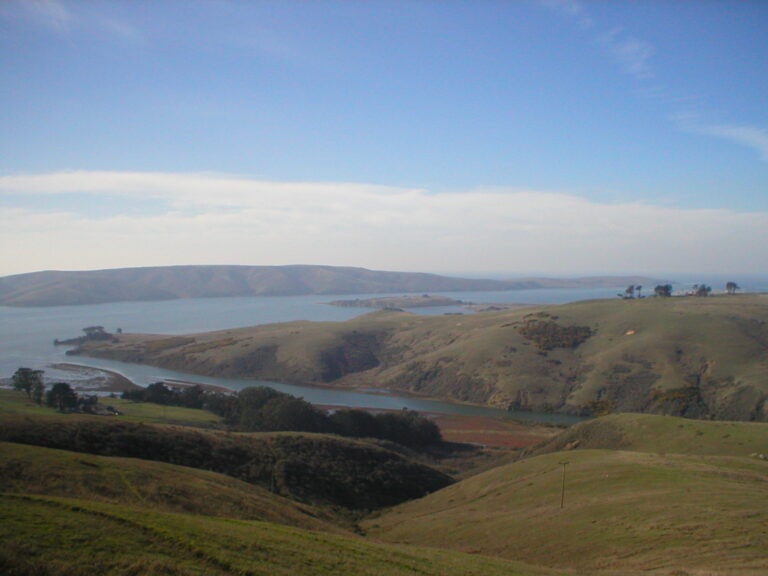
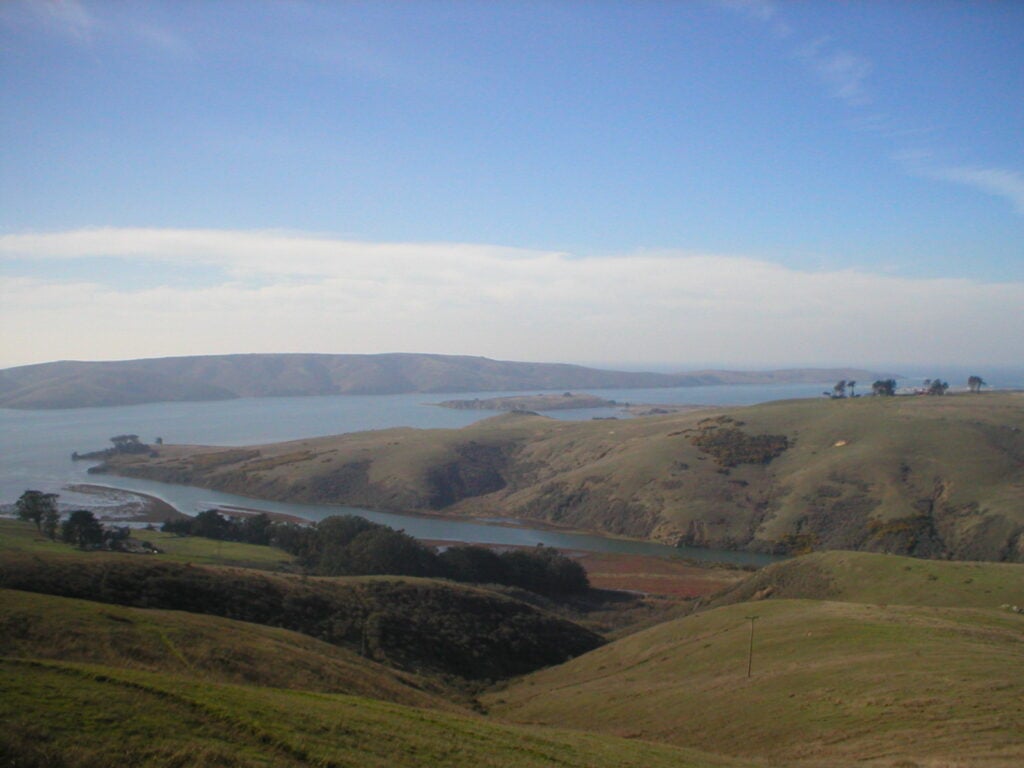 View of Toms Point / Photo by Dan Gluesenkamp
View of Toms Point / Photo by Dan Gluesenkamp
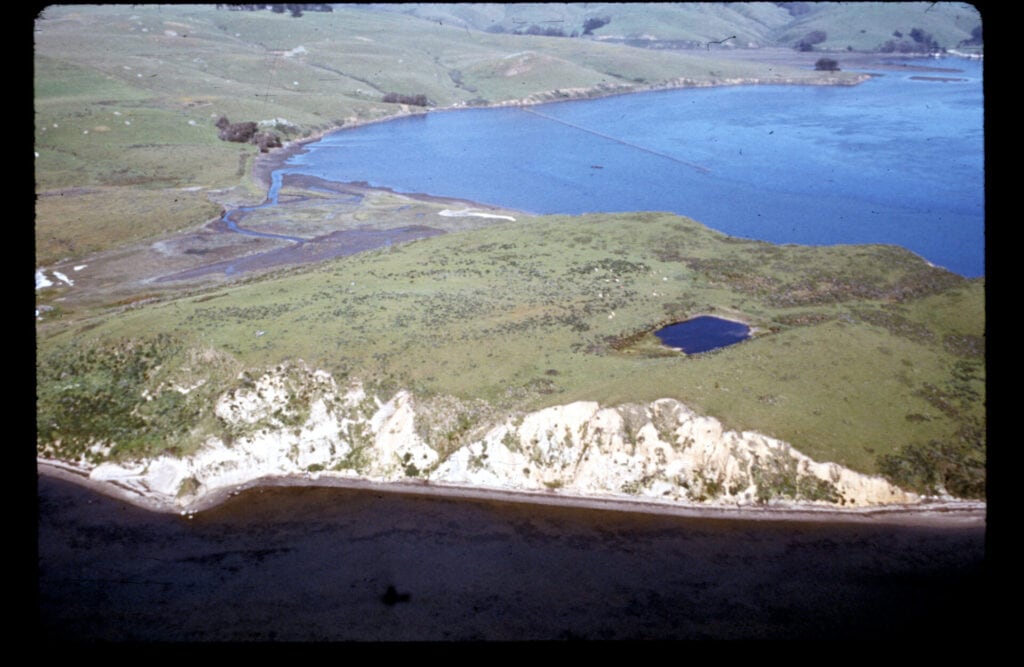 Aerial view of Toms Point showing various habitats—dunes, marsh, grasslands / Courtesy of Dan Gluesenkamp
Aerial view of Toms Point showing various habitats—dunes, marsh, grasslands / Courtesy of Dan Gluesenkamp
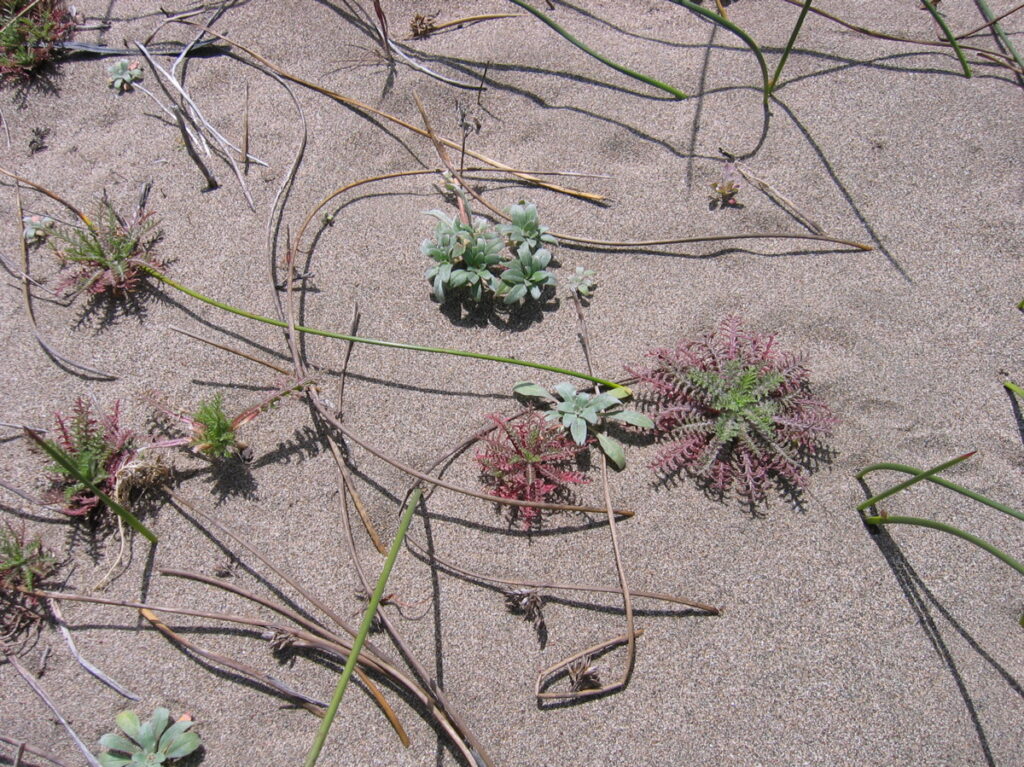 Ephemeral dune wildflowers, including Cammasonia and rare Gilia
Ephemeral dune wildflowers, including Cammasonia and rare Gilia
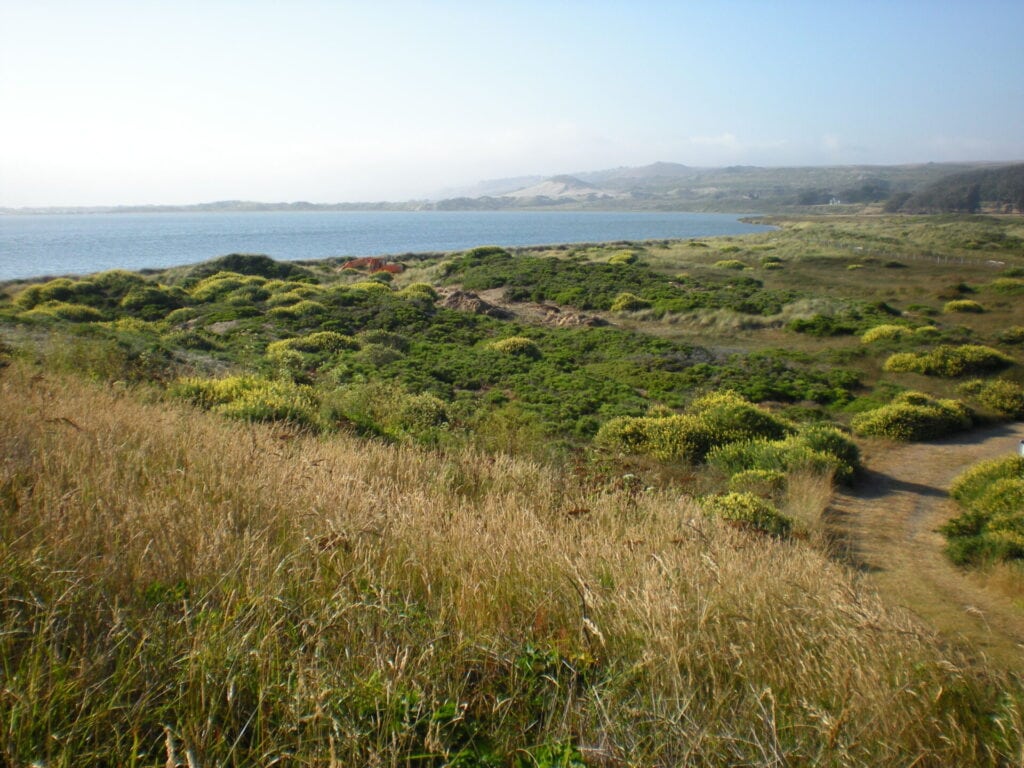 Coastal scrub habitat at Tom’s Point / Photo by Dan Gluesenkamp
Coastal scrub habitat at Tom’s Point / Photo by Dan Gluesenkamp
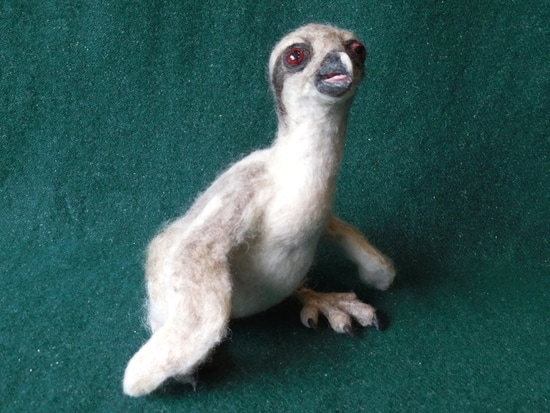
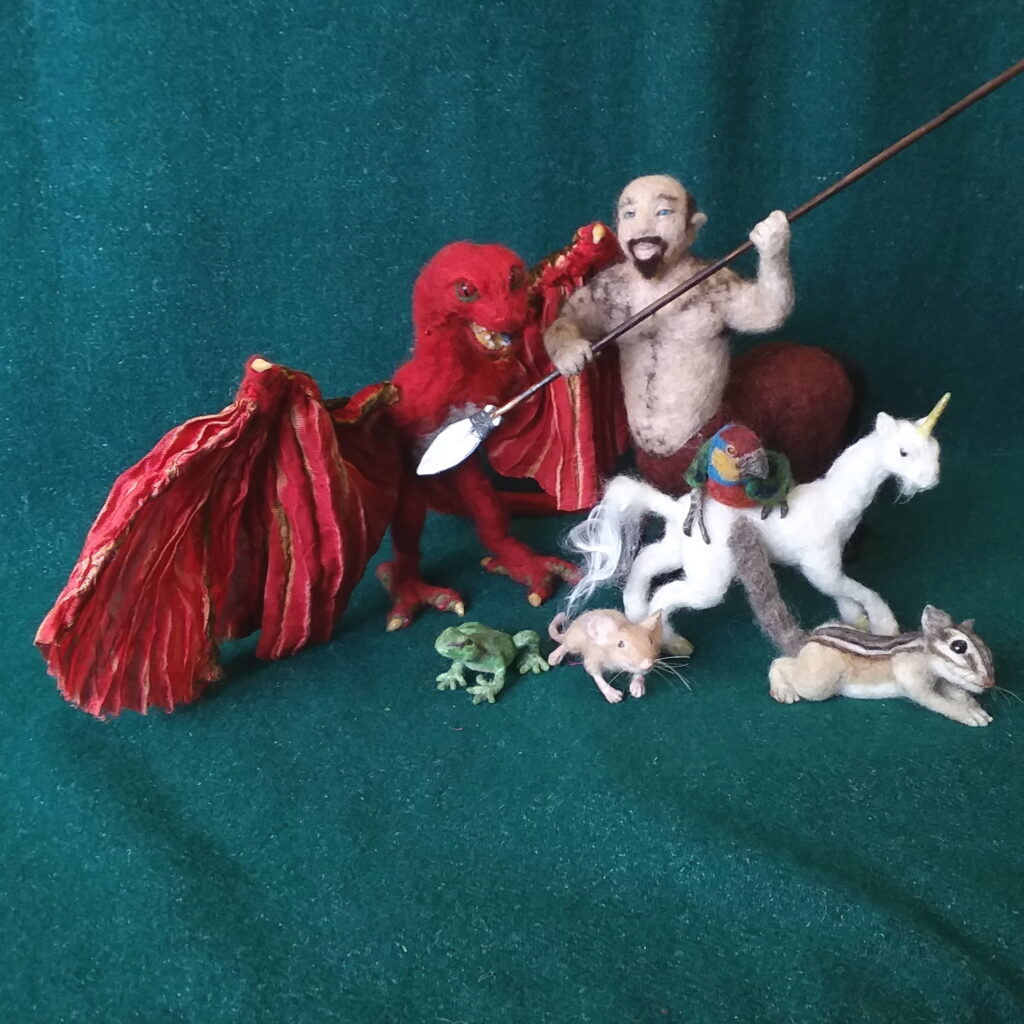 1: A few felted friends. Photo by Hilary Powers
1: A few felted friends. Photo by Hilary Powers
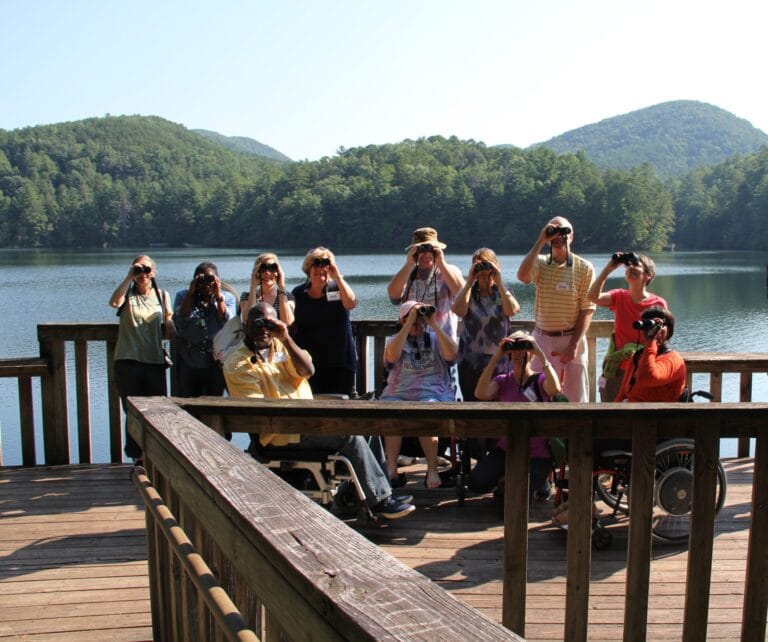
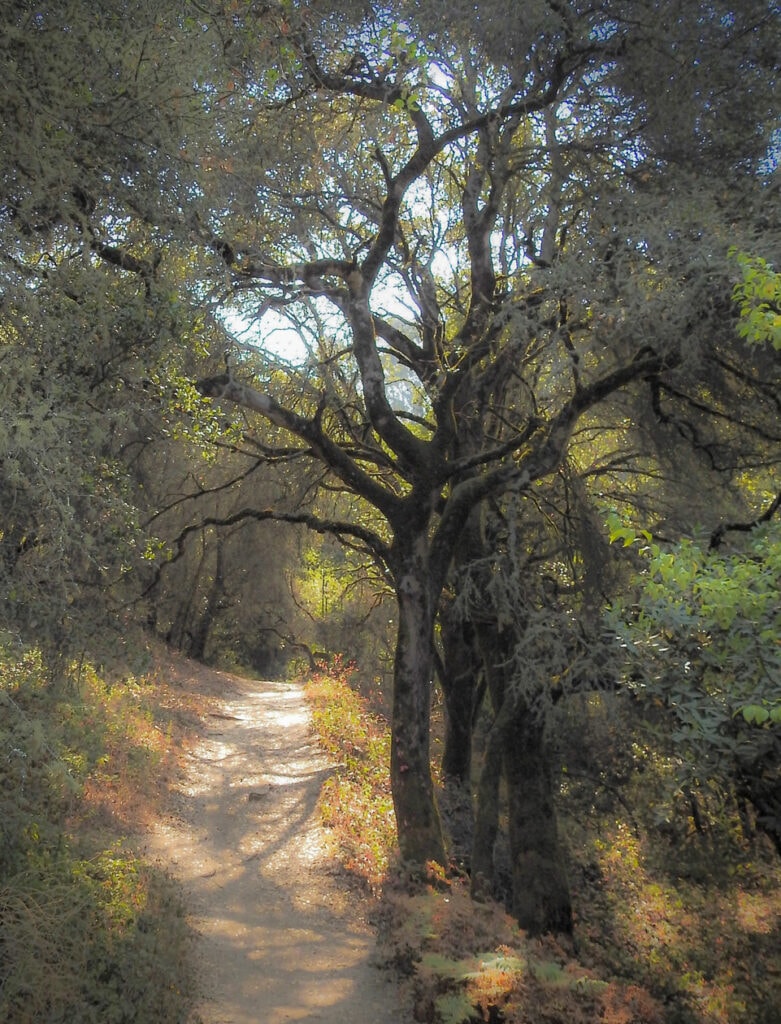 An inviting trail in Sibley Volcanic Regional Preserve. But further along will it hold roadblocks for birders with mobility challenges? Photo by Emily Wheeler.
An inviting trail in Sibley Volcanic Regional Preserve. But further along will it hold roadblocks for birders with mobility challenges? Photo by Emily Wheeler.
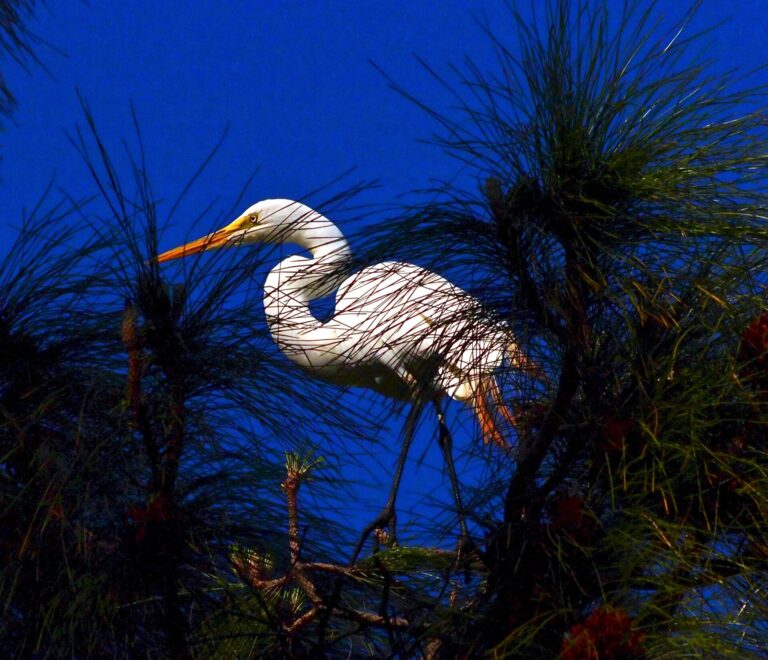
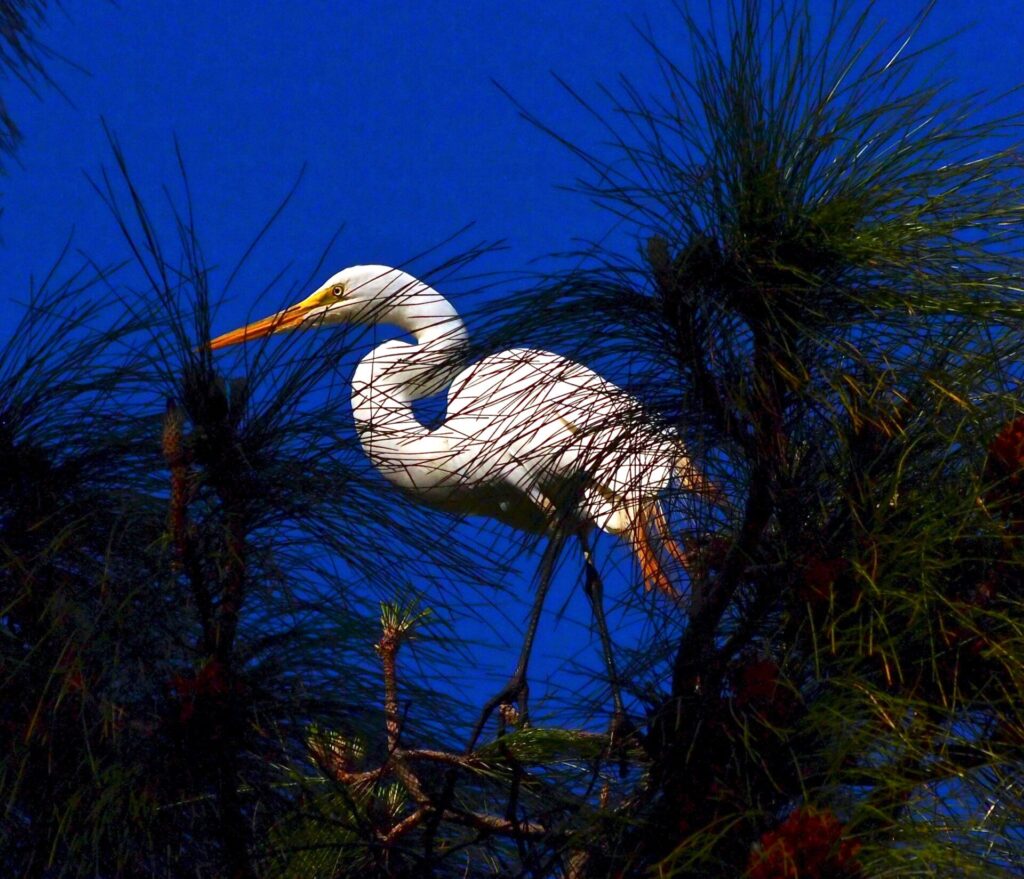 This Great Egret was one of the first arrivals on March 19, 2020 / Photo by Gerry Traucht
This Great Egret was one of the first arrivals on March 19, 2020 / Photo by Gerry Traucht
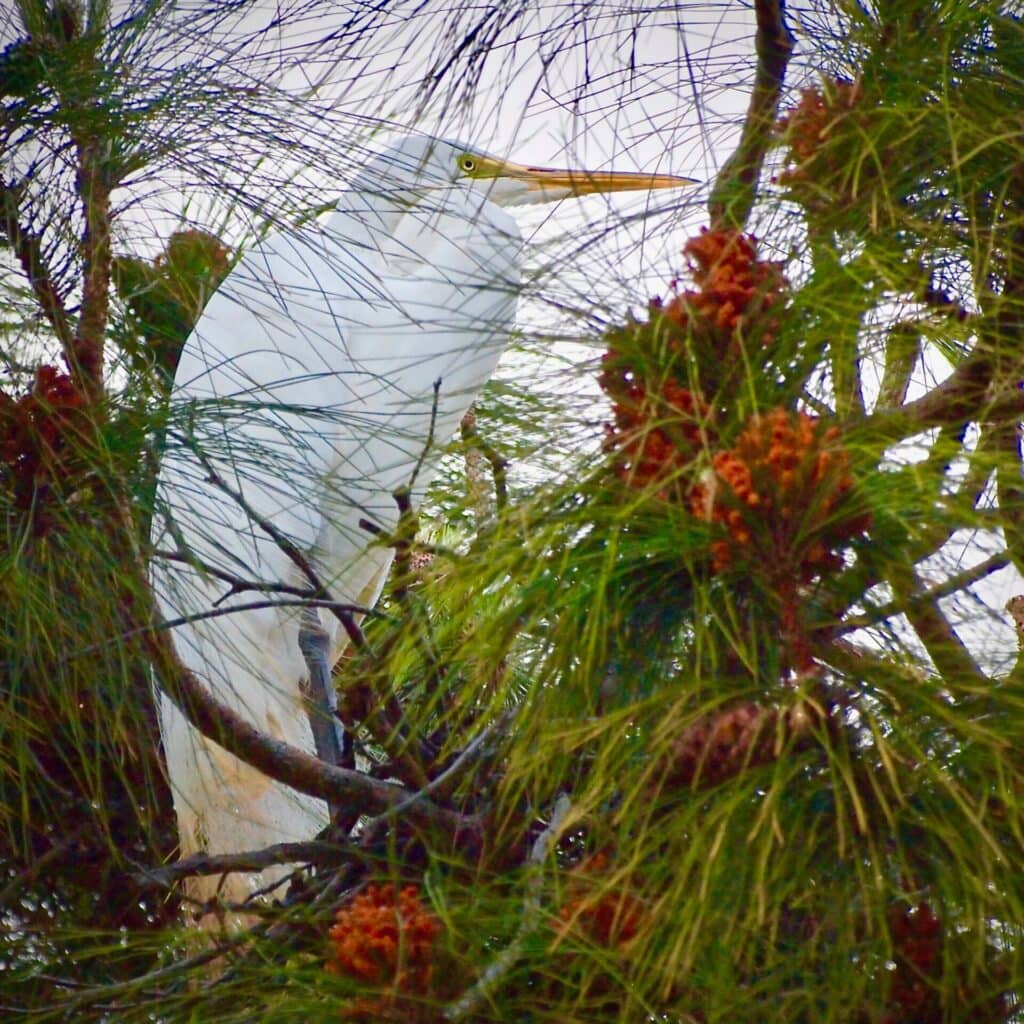 A silent moment of beauty on March 19, 2020. Photo by Gerry Traucht.
A silent moment of beauty on March 19, 2020. Photo by Gerry Traucht.
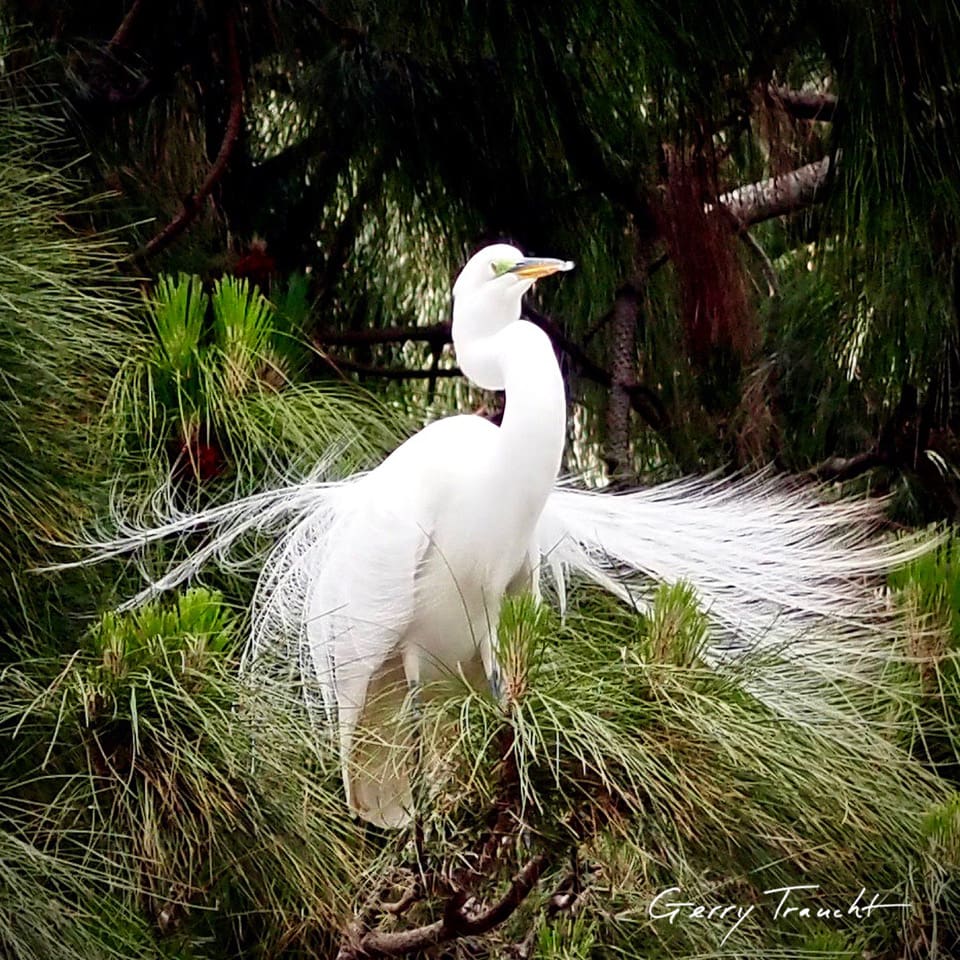 A view from mid-April 2020. Photo by Gerry Traucht.
A view from mid-April 2020. Photo by Gerry Traucht.
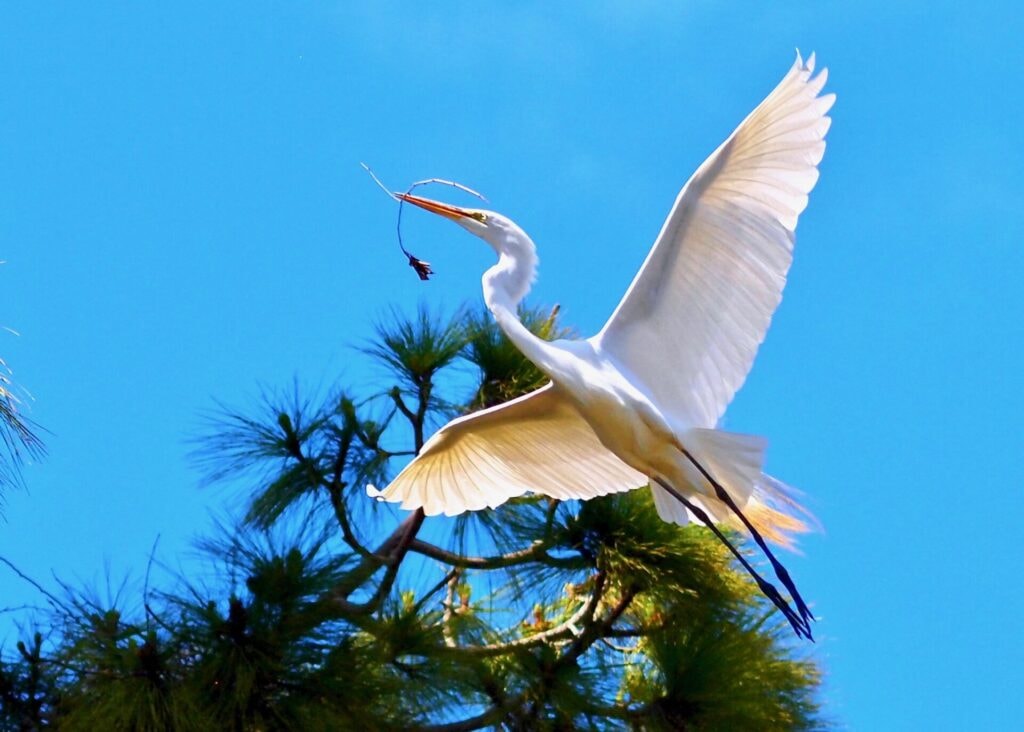 Great Egret returns to its mate with a branch to repair or possibly expand the nest, on April 18, 2020.…
Great Egret returns to its mate with a branch to repair or possibly expand the nest, on April 18, 2020.…